Much like the other roles, yours is a very important one too because by purchasing premium coffee you help towards a more sustainable coffee industry.

It’s only fair when you are buying premium coffee that you expect it to taste amazing, right? Well, today I am going to go through a few important brewing tips for premium coffee with you so that your coffee always tastes delicious!
Here’s what we are going to cover:
- Grinding premium coffee
- Using the right brew ratio
- Water temperature and quality
- Preheating and Agitation
- Important Equipment
Grinding premium coffee
Is the coffee you’re buying pre-ground or are you buying whole beans? Have you ever thought that this might have an impact on the flavor? Why do we have to drink ground coffee in the first place?
Well, we basically need to expose as much surface area of the coffee bean as we can to allow the water to extract the coffee oils and flavors. If let’s say we just added hot water to whole beans the result would be a very, very, very weak cup of coffee.

Most people purchase pre-ground coffee without realizing the effect this will have on their cup. Since the coffee has already been pre-ground, it is highly possible that it has been exposed to oxygen for too long.
This is something you definitely don’t want because the coffee will immediately start losing the gases it has built up during roasting and as result, all the lovely aromas and the delicious flavor will start to disappear.
Fortunately, there are two ways you can avoid this:
1. If you are buying premium coffee from a local shop you can ask them to grind it for you. All they need to know is what brewing device you are using!
2. If you are someone who uses many different brewing methods then investing in a good electric or manual coffee grinder is a good way to go! That way you can experiment with different grind sizes and brewing methods.
For example, in our guide on how to brew premium Japanese Sumiyaki coffee, we have included a grind guide to help you with the process. In any case, grinding your coffee fresh will make a big difference in your cup and your coffee beans’ shelf life. Here’s why:
- Your whole beans will stay fresh for longer because they haven’t had as much contact with oxygen as pre-ground coffee has.
- Your coffee will have preserved all its flavors and aromas which will then end up in your cup.
- You can control the grind size according to your taste. The more you experiment the more you’ll be able to taste the difference between certain grind sizes and brewing methods. Part of the fun is figuring out which one you like best!

Using the right brew ratio
Knowing how to grind your coffee is very important indeed, but it wouldn’t mean much if you didn’t use a brew ratio that is suitable for that grind setting. And when I say brew ratio I basically mean the recipe you are going to follow.
Much like preparing food, making delicious coffee is much easier if you are using a recipe! That’s why oftentimes you see baristas using scales and timers while preparing your coffee, so they can get the best result out of the beans.
Basically, a brew ratio refers to how much coffee you are using and how much water you need to brew that amount of coffee so that the result is tasty. Controlling the brew ratio means consistency. For example, what do you think will happen if you brew two cups of coffee, using the same amount of coffee grounds but one that has more water? You guessed it, they won’t taste the same!

What’s important to note here is that there isn’t just one universal recipe for brewing the best cup of coffee. There are different recipes recommended for various brewing methods but at the end of the day it all comes down to your taste. Experimenting and tweaking recipes to your liking is also a great thing to do!

Water temperature and quality
Did you know that water makes for 94–98% of your cup of coffee? That’s right! You’re mostly drinking water. So wouldn’t it make sense that your coffee’s flavor would be affected by the quality of water you are using? Coffee shops use filtered water and you can do that too if you like! Chances are your coffee will taste much better.
As far as temperature goes, it’s not advisable to boil the water before you brew, because it’s likely to over-extract the coffee grounds and bring out ashy and bitter flavors in your cup. Try somewhere between 185 - 205° F (85-97° C) but you can also experiment to see which temperature brings out the best flavor of your beans.
Preheating
If you want, you can preheat your brewer and your cup with some hot water before you actually start brewing the coffee. This is not absolutely necessary, especially on hot days, but it’s nice to do when it’s cold and your brewer’s or mug’s temperature might drop the temperature of your nice hot coffee.
Agitation
In other words, stirring or swirling during brewing, agitation is a debatable subject during the coffee brewing process. Many people prefer it but many claims it doesn’t make a difference in the final result.

Nevertheless, the idea is that you stir the coffee grounds after you have poured some water into the coffee bed so as to cover every last ground in water. By doing this, the coffee grounds will mix with water evenly and the result will be more balanced. See if that works for you!

Equipment for brewing good coffee
In the coffee world, you often hear that you are as good as your equipment. It’s true that even if you are great at brewing coffee and you know all the variables to pay attention to, if you don’t have the right tools, you will likely not get the result you are looking for.
Aside from a good quality coffee grinder, there are a few other tools you can use to elevate your coffee brewing experience and the flavor of your brews such as scales, timer, precision kettle, and smart choice of filters.
Scales and Timer
As mentioned above, many baristas and other coffee professionals use scales and timers while brewing in an effort to exercise more control over the brew. Weighing your coffee is very important when using a recipe but scales also help you keep an eye on the total volume in your cup.
The timer is like a sibling to the scales, it tells you exactly how long you have been brewing your coffee for. Since all brewing methods have different total brewing times, a timer definitely helps to keep track of it. Much easier than just guessing! Some scales feature built-in timers as well!
Filters
As you probably already know, some brewers require you buy extra filters and some come with built-in filters (eg. French Press). Depending on what you’re using you might have the option to go for either paper or metal filters.

This will have an impact on the final flavor of your coffee due to its difference in functionality. Paper filters are made to absorb all the natural oils of the coffee and so your cup will end up tasting clean and bright, without any sediment.
On the other hand, metal filters allow some sediment to pass through them, thus making your coffee taste heavier on the tongue and more round, and full-bodied. Choosing between the two is entirely up to you and how you like to drink your coffee.
Kettle style
If you want to have a perfectly set up brew bar and a kettle that’s all about precision then you might want to grab yourself a gooseneck kettle! These cool-looking kettles feature a curvy and long spout which helps you maintain control over your brew.
Final Thoughts
The aim of this article is to help you get the best out of your premium coffee beans. I’ve tried to capture all the different stages of brewing for you and explain how you can improve the way you brew coffee by understanding all the different variables.
This might seem a lot to you at first but don’t let that stop you, part of the fun is experimenting and figuring out how you can make your premium coffee beans taste even more amazing than you thought. Happy brewing!
Get Free Bonus Books
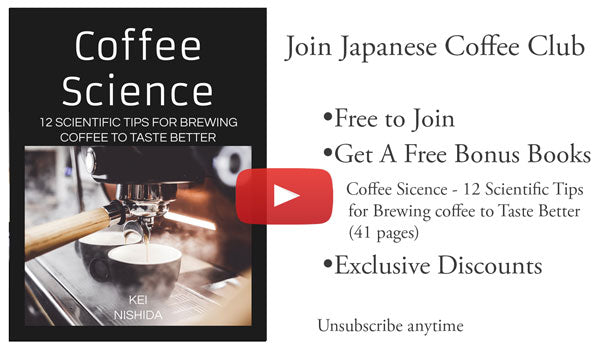
Sign up for free to the Coffee Club to get advice and exclusive articles about how to choose Japanese Coffee, and tips, tricks, and recipes for enjoying Japanese coffee.
About the author
Kei Nishida
Author, CEO Dream of Japan
Certification: PMP, BS in Computer Science
Education: Western Washington University
Kei Nishida is a passionate Japanese tea and coffee connoisseur, writer, and the founder and CEO of Japanese Coffee Co. and Japanese Green Tea Co., both part of Dream of Japan.
His journey began with a mission to introduce the world to the unparalleled quality of Japanese green tea. Through Japanese Green Tea Co., he established the only company that sources premium tea grown in nutrient-rich sugarcane soil—an innovation that led to multiple Global Tea Champion awards.
Building on this success and his passion for Japanese craftsmanship, Kei expanded into the world of coffee, pioneering the launch of Japanese Coffee Co., the first company to bring Sumiyaki charcoal-roasted coffee to a global audience. His dedication to authenticity and quality ensures that this traditional Japanese roasting method, once a well-kept secret, is now enjoyed worldwide.
Beyond tea and coffee, Kei has also introduced Japan’s legendary craftsmanship to the world through Japanese Knife Co., making handmade katana-style knives—crafted by a renowned katana maker—available outside Japan for the first time.
Kei’s journey continues as he seeks out and shares the hidden treasures of Japan, one cup and one blade at a time.
Learn more about Kei



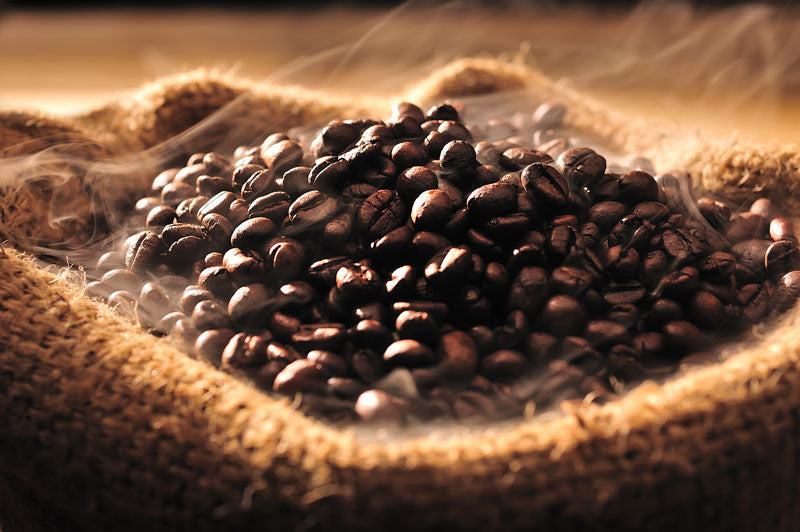
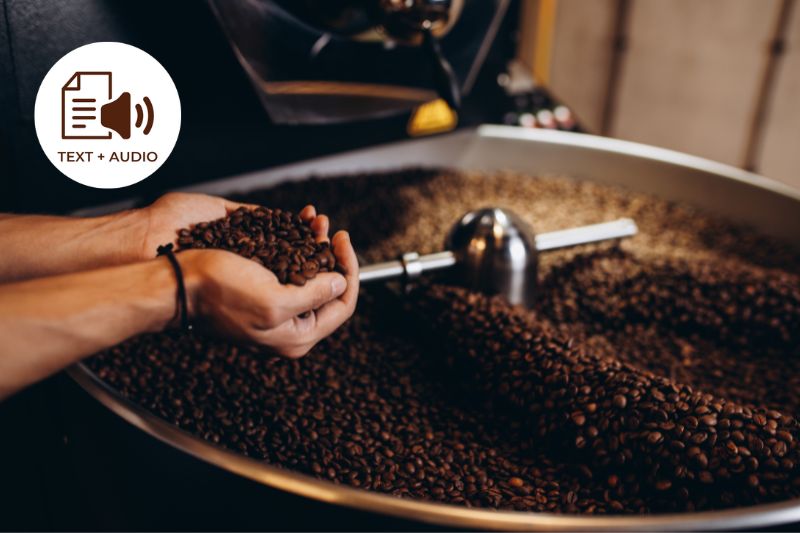
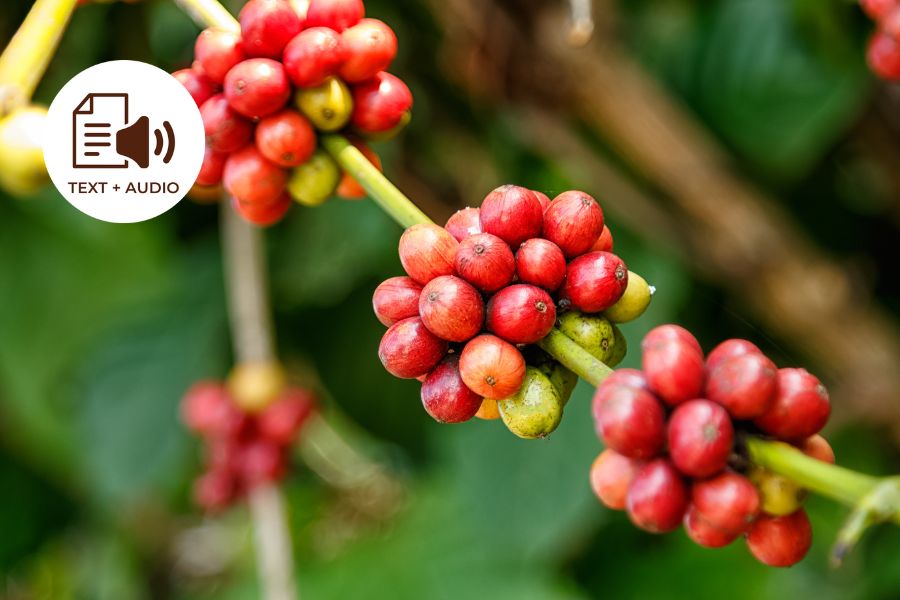

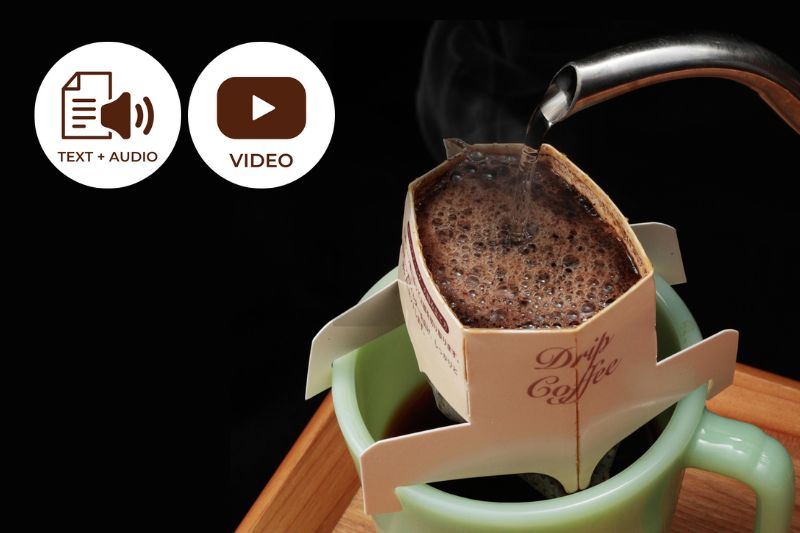
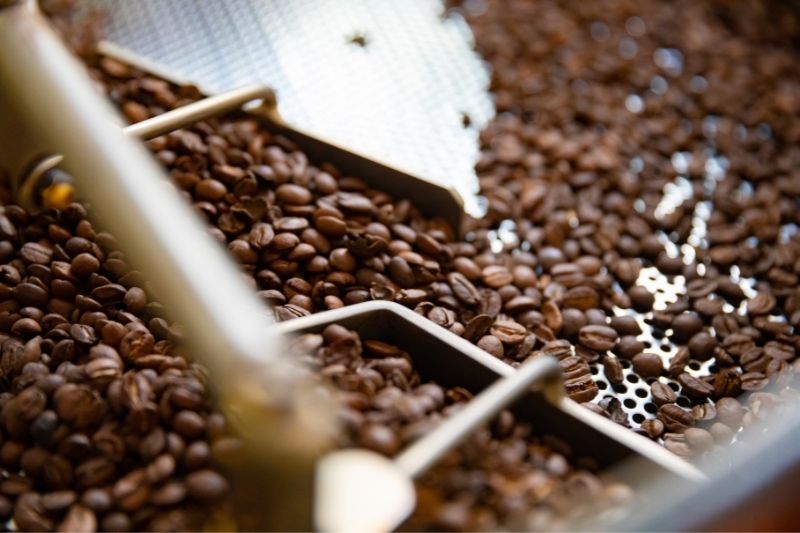
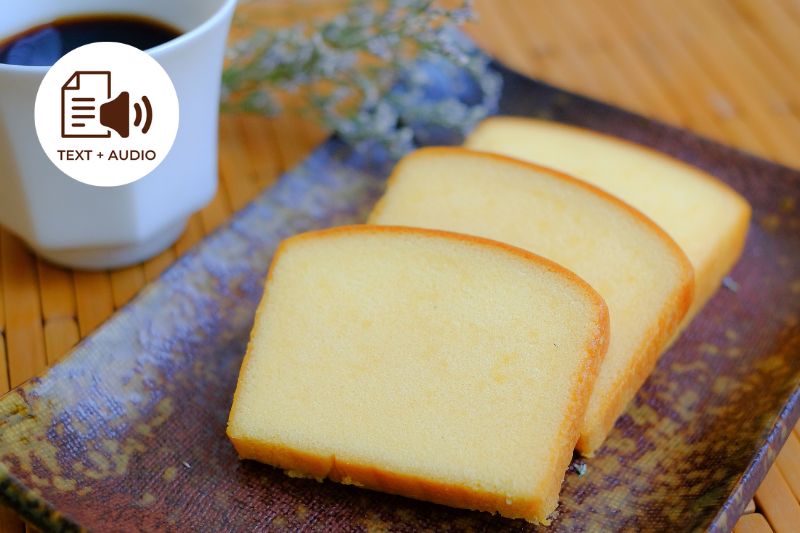
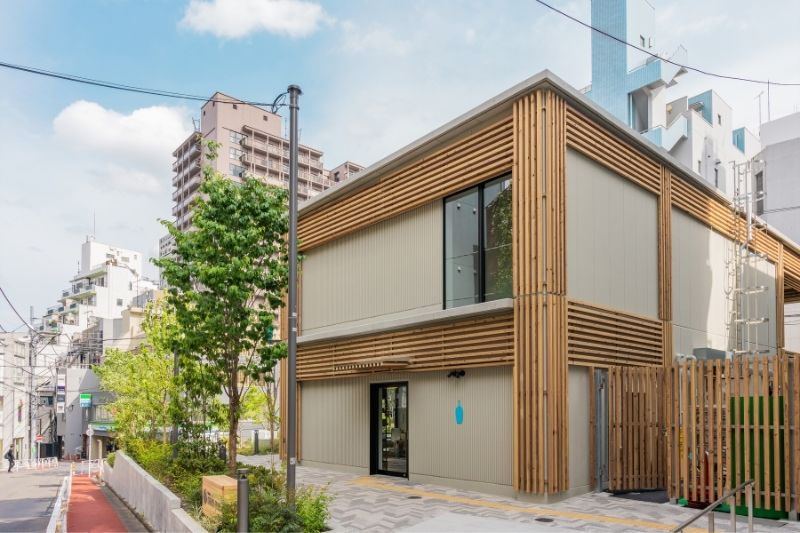
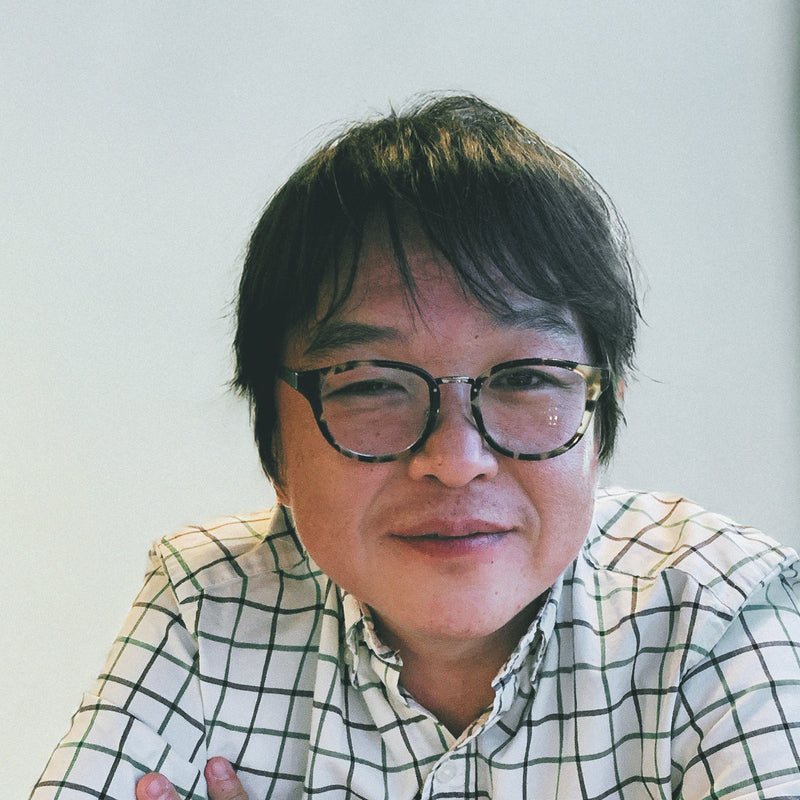
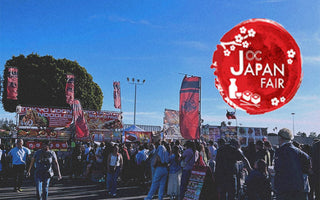


Thank you for sharing these brewing recommendations for top-rate espresso on Japanese Coffee Co.’s blog. The insights and strategies furnished are certain to decorate the espresso brewing trip for fanatics looking to increase their morning ritual. A magnificent and useful resource for espresso fans searching to idealize their cup of joe!